1. English Bulldog

English Bulldogs are beloved for their wrinkled charm, but that same anatomy brings major health risks. Their bulldog face structure, called brachycephalic, makes breathing difficult and increases risk of overheating. Many also suffer from hip dysplasia, skin infections in facial folds, and eye issues like cherry eye. All of these often require surgical correction or lon,g‑term care, and frequent vet visits as they age. Because of these chronic issues, owners may face repeated procedures, from skin treatments to corrective surgery, and ongoing monitoring. These expenses tend to add up quickly, with wellness exams, respiratory treatments, orthopedic care, and potential surgical interventions becoming routine. Bulldogs often require specialized veterinary care, which can cost more than standard visits.
2. French Bulldog

I’ll call this one Frenchie. Despite their compact size, Frenchies are vulnerable to a host of costly conditions, stenotic nostrils, brachycephalic airway syndrome, skin fold dermatitis, allergies, and spinal issues are extremely common. In a UK veterinary study, they had significantly higher prevalence of nearly half of the common disorders examined, ear infections, skin inflammation, and respiratory distress included. Heat sensitivity, frequent coughing or wheezing, and dermatological flare‑ups are typical for many Frenchies. They may require regular visits for skin and ear treatments, periodic airway surgery, and close temperature management. All told, this breed’s steep vet bills stem from chronic skin and breathing treatments, often requiring costly procedures and specialist consultation.
3. Cavalier King Charles Spaniel
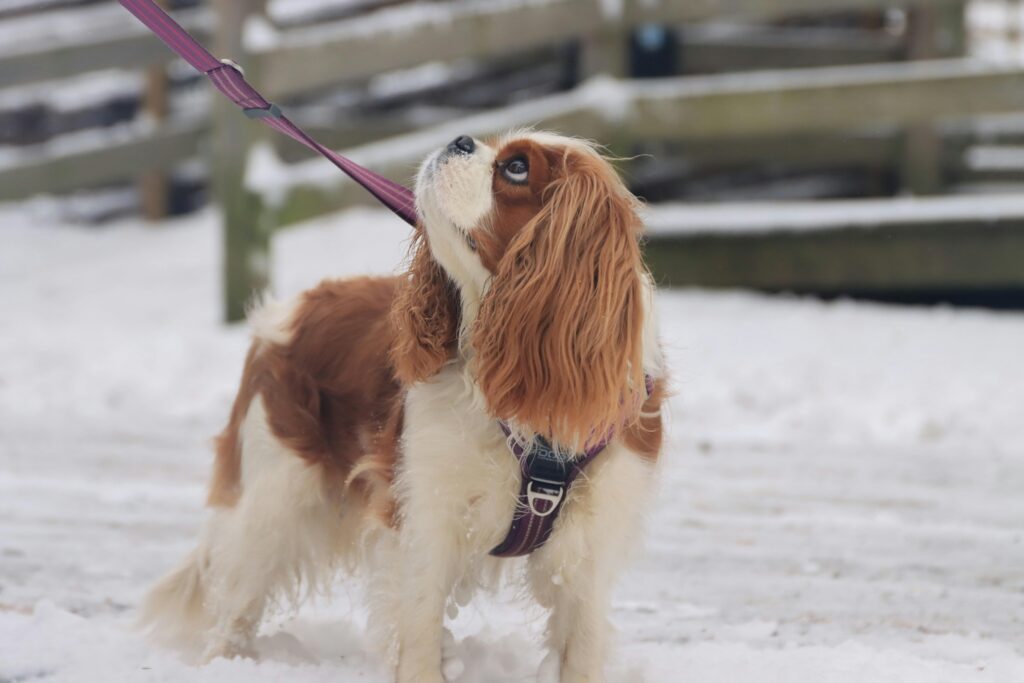
Cavaliers suffer heavily from mitral valve disease, a progressive heart condition that affects most dogs of the breed before middle age. They are also prone to syringomyelia, a painful neurological condition involving fluid‑filled cavities within the spinal cord, which typically requires MRI diagnostics and often lifelong medications or even surgery. These tests and treatments are expensive and ongoing. Lifelong disease monitoring, medications, and sometimes emergency heart surgery or neurosurgical procedure costs make Cavaliers some of the priciest breeds to keep healthy. Regular cardiology check‑ups, ultrasounds, and neurological assessments are often part of their routine, meaning consistent veterinary expenses over many years.
4. Shar Pei
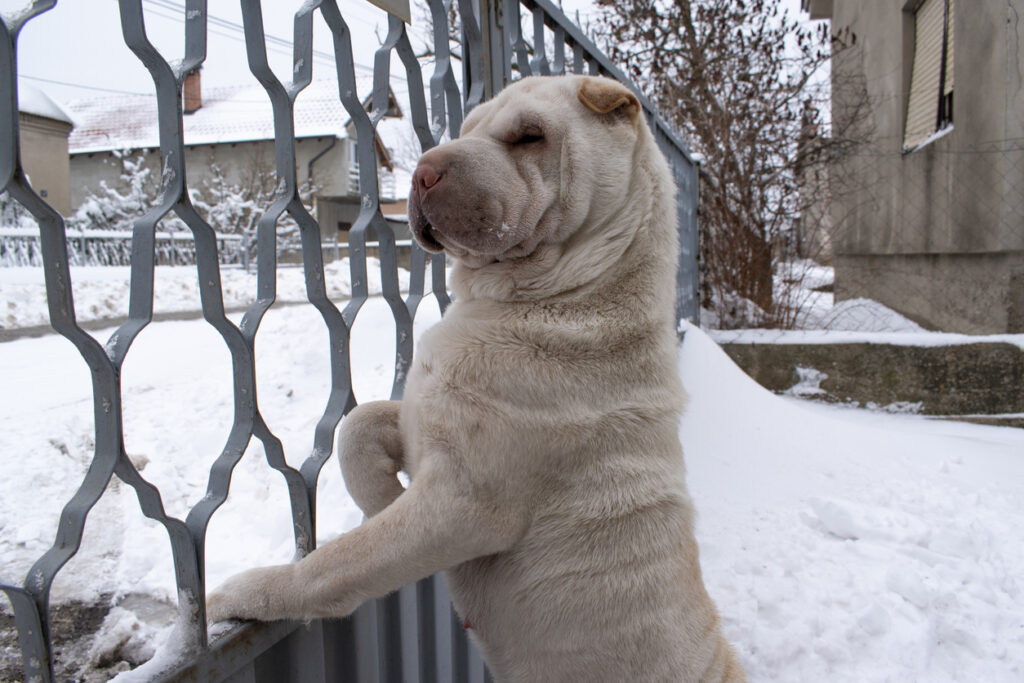
Shar Peis are famous for those deep wrinkles, but that skin can harbor recurrent infections in folds and around eyes. Conditions like entropion (in-turned eyelids) and Shar Pei fever (a recurring fever syndrome tied to amyloidosis) pose serious medical harm. Entropion surgery and treatments for fever‑related organ issues often add up. Shar Pei fever alone can lead to kidney or liver damage if untreated; dogs may need NSAIDs or even medications to prevent amyloid buildup. Skin fold care is lifetime work, regular cleaning, topical medications, and occasional surgery are common. When combined with potential immune or organ complications, the breed often racks up significantly higher vet bills than typical breeds.
5. Boxer

Boxers are particularly prone to cancers (including mast cell tumors and lymphoma), heart conditions like arrhythmogenic right ventricular cardiomyopathy, hip dysplasia, and degenerative myelopathy. They may require surgeries, biopsies, chemotherapy, or ongoing medication. Gastrointestinal emergencies and eye issues like entropion also appear relatively often. These combined risks mean that Boxers often need veterinary care across multiple specialties, cardiology, oncology, orthopedics, neurology. Regular screenings (e.g. echocardiograms), tumor removal, and post‑surgical rehab or chemotherapy can make sums add up fast. Owners of Boxers should expect frequent diagnostics and interventions, often over long periods.
6. Great Dane
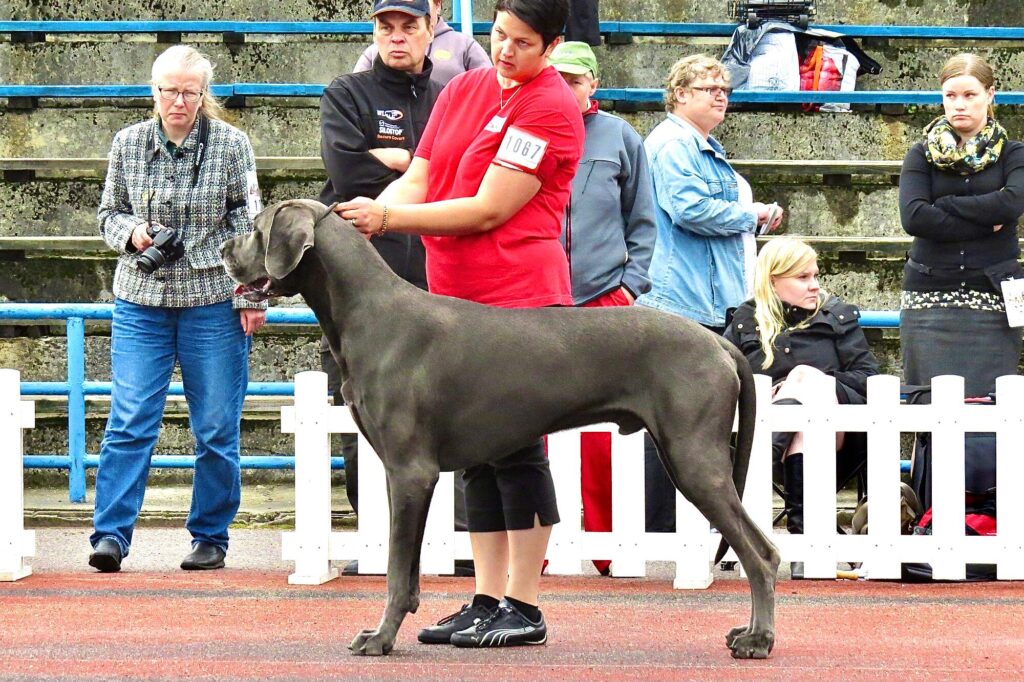
Great Danes are a giant breed with equally giant health risks. Their deep chests make them highly vulnerable to bloat (gastric dilatation‑volvulus, GDV), a life-threatening condition that often demands emergency surgery costing anywhere from $1,500 to $4,000 per case, with overall treatment and hospitalization possibly much higher. Preventative surgery (gastropexy) is sometimes recommended but not always covered by insurance, and pet owners report quotes of $4,000–6,000 for these procedures. Beyond bloat, Great Danes commonly face hip dysplasia (treatment ranging from $1,700 to $7,000) and heart conditions like cardiomyopathy ($1,000–3,000). They may also develop wobbler syndrome (spinal compression) and thyroid disorders, where surgical or medical management pushes costs upward. Their size alone means lab work, imaging, medications, and surgeries all come at a premium.
7. Bernese Mountain Dog

Bernese Mountain Dogs suffer a particularly high incidence of cancer, with studies showing up to 55% of deaths in the breed are cancer related. Fatal conditions include histiocytic sarcoma and mast cell tumors, along with joint issues such as elbow and hip dysplasia. Diagnosis and treatment, including surgery, chemotherapy, and palliative care, can easily reach $1,500 to $6,000 or more per episode, depending on severity. Owners frequently share stories of vet bills in excess of $20,000 in a single year. One Reddit user reported emergency thoracic surgery costing over $25,000, not counting regular preventative care and medication. Many recommend pet insurance as essential from puppyhood.
8. Golden Retriever
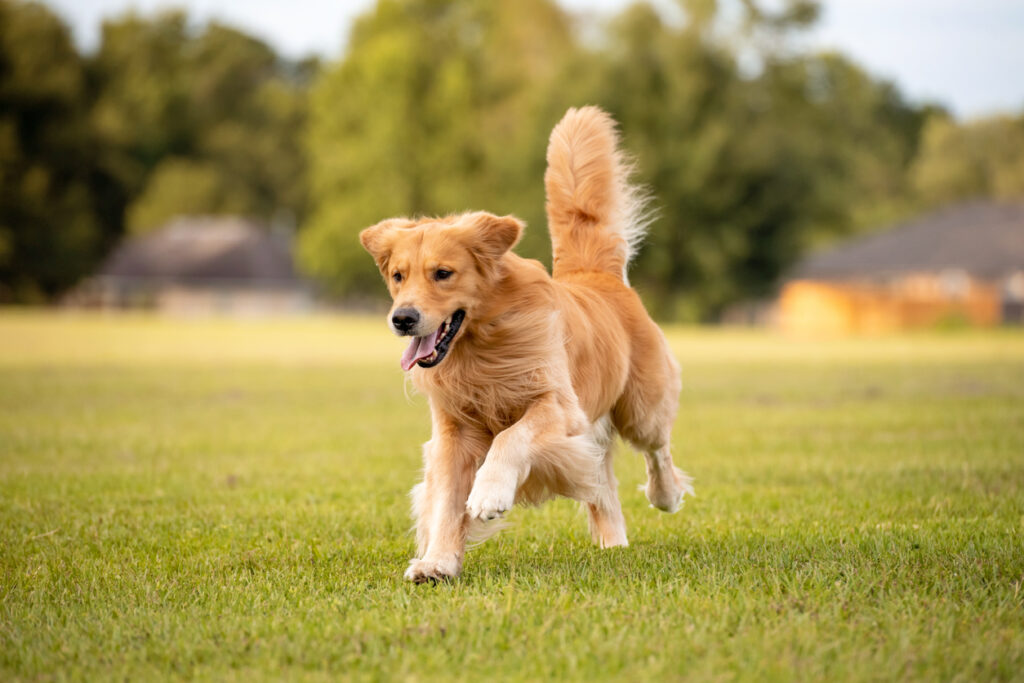
Golden Retrievers rank among the most cancer-prone dog breeds, with treatment costs for hemangiosarcoma or lymphoma ranging from $8,000 to $15,000 depending on extent and therapy needs. They also frequently experience hip or elbow dysplasia, hypothyroidism, and eye disorders like cataracts or glaucoma, which individually may cost $1,500 to $4,500 or more in surgical expenses or long-term therapy. Owners recount stories of multi-thousand dollar emergencies, like foreign body obstructions or multiple orthopedic surgeries within a few months. One Redditor shared spending nearly $10,000 across two separate emergencies in under two months. Chronic allergies and ear infections also routinely mean frequent vet visits and recurring medications.
9. Rottweiler

Rottweilers are large and powerful, but carry heavy health costs. They commonly develop hip and elbow dysplasia, ACL injuries, and osteosarcoma (bone cancer), especially in their long legs. Surgical repair of joints can run $2,000 to $7,000, while cancer treatment including amputation and chemotherapy is often similarly costly. Due to their size, complications such as cruciate ligament tears or elbow reconstruction require extended rehab and specialist care. Tumor removal and cancer diagnostics significantly raise lifetime veterinary spending. These surgeries and therapies tend to require both orthopedic and oncology expertise.
10. Newfoundland
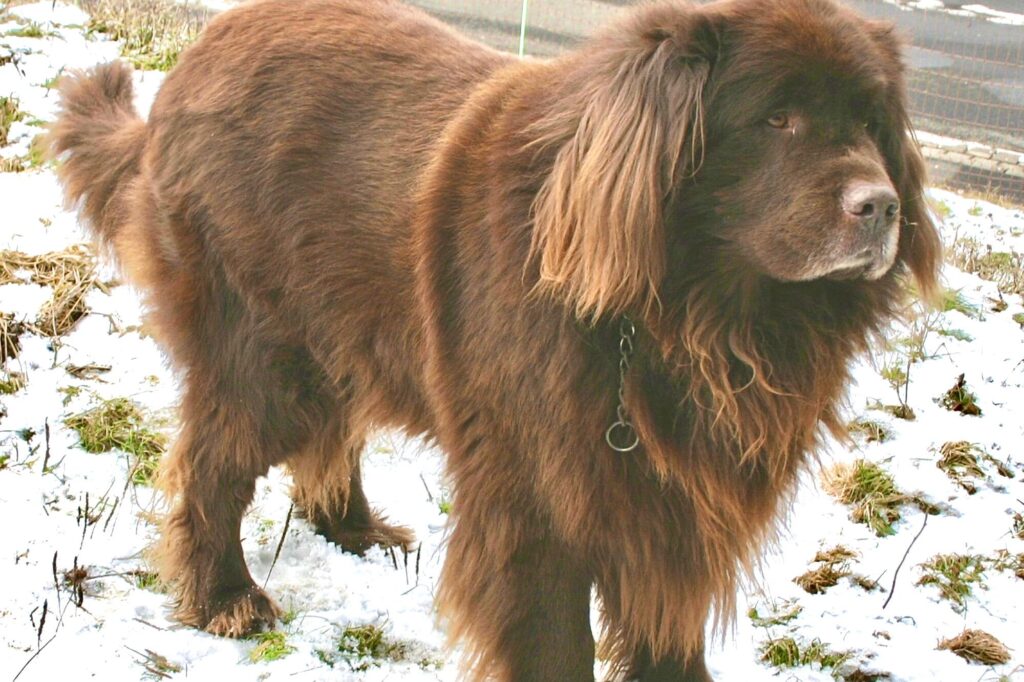
Newfoundlands often face subvalvular aortic stenosis, a serious heart condition that may require surgery or prolonged medical care. They also have a high incidence of hip dysplasia, elbow issues, and cystinuria, a genetic condition that forms painful kidney or bladder stones. Treatment ranges from surgery to everyday medications, diagnostic imaging, and dietary support. XDSurgical intervention for hip issues or heart defects often costs several thousand dollars. Managing cystinuria may require repeat ultrasounds, medication, or stone removal surgery over their lifetime, adding repeated costs. These overlapping conditions mean Newf owners should expect both acute and chronic veterinary bills across specialties.
11. Labrador

Labrador Retrievers generally have robust health, but their predisposition to hip and elbow dysplasia can lead to expensive orthopedic procedures and long-term rehabilitation. Overweight Labs are also prone to diabetes, joint strain, and arthritis. Preventive joint supplements, weight management diets, and annual screenings often become a regular financial commitment. Additionally, Labrador’s love of activity makes them prone to ear infections (due to floppy ears and outdoor exposure), which require cleaning, medication, and sometimes diagnostics. When obesity overlaps with joint and ear issues, veterinary bills can climb quickly with diagnostics, weight-loss programs, and possibly surgery or specialized care.
12. Alaskan Malamute

Alaskan Malamutes are prone to hip dysplasia, elbow dysplasia, inherited polyneuropathy, cataracts, hypothyroidism, and even canine diabetes. These conditions often require lifelong monitoring, medications like thyroid supplements or insulin, and possibly surgeries for joint or neurological repair, all of which add up in vet bills. cSkin issues tied to zinc absorption problems and obesity are also common, leading to infection treatments and specialty diets. Combined with a mid-life onset of mobility or nerve disorders, the Malamute often requires multi-disciplinary care: labs, imaging, neurologist consults, surgery, and long-term meds.
13. Dachshund
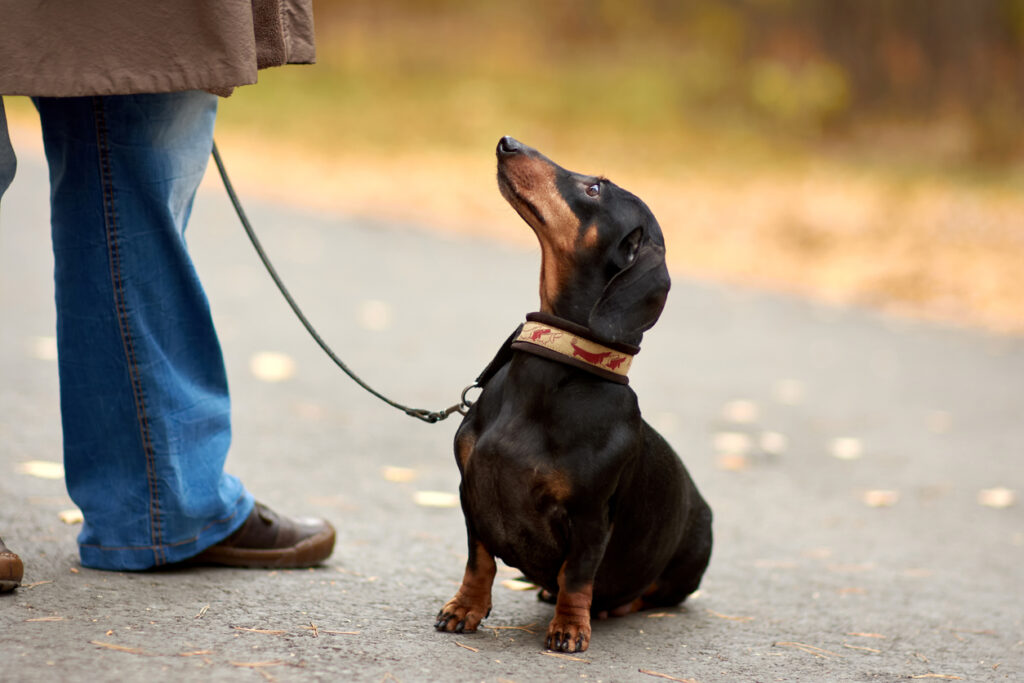
Dachshunds carry a high risk of intervertebral disc disease (IVDD) due to their long backs and short legs. They frequently develop slipped discs that compress the spinal cord and require emergency surgery, a single surgical episode can cost several thousand dollars, plus intensive post-operative rehab. Even without surgery, conservative management (pain control, cage rest, physical therapy) demands frequent vet visits and specialty imaging. IVDD reoccurrence is common, meaning owners often need to budget for recurring diagnostics, therapies, or even multiple surgeries over the dog’s lifetime.
14. Cocker Spaniel

Cocker Spaniels are particularly susceptible to chronic ear infections (due to their long floppy ears), eye disorders like glaucoma and cataracts, and a spectrum of skin allergies and dermatitis. Fetch estimates show treatment costs exceeding $1,015 for ear inflammation, over $3,359 for mobility issues (e.g. patellar luxation), and over $5,699 for vision disorders with long-term management. Cataract surgery alone can run $2,500–3,000 per eye, and vision or ear infections can frequently recur, requiring cleanings, topical meds, diagnostic testing, and sometimes surgery. These overlapping health risks often mean owners face repeated visits and rising costs year after year.
15. Pug

Pugs are plagued by brachycephalic airway syndrome, eye injuries (like proptosis, corneal ulcers), entropion, hip dysplasia, skin fold dermatitis, obesity, and even fatal neurological disease such as Pug Dog Encephalitis (PDE). Their flattened faces complicate anesthesia and heat stress, requiring repeated veterinary monitoring and sometimes corrective surgeries. Veterinary reports show pug owners sometimes face eye surgery bills up to tens of thousands (one UK owner reported eye-related expenses reaching €19,000), while rescue centers caring for many pugs spend nearly $40,000 annually on routine and emergency medical care. Prospective pug owners are strongly advised to invest in comprehensive pet insurance.
This story 15 Dog Breeds With the Highest Veterinary Bills was first published on Daily FETCH


